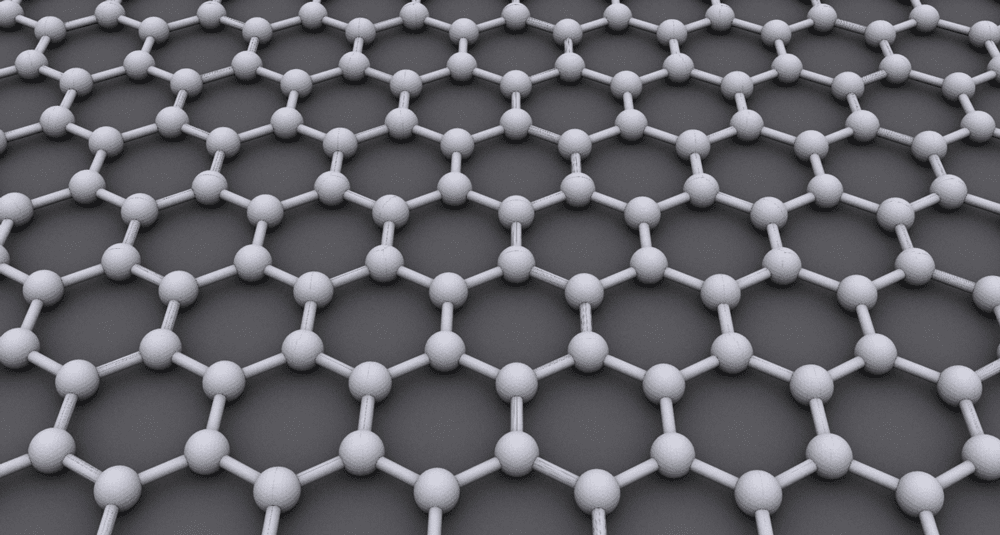Which property of the Graphene was discovered in 2004 by Andre Geim and Konstantin Novoselov?
Last Updated:
In 2004, physicists Andre Geim and Konstantin Novoselov, working at the University of Manchester, achieved a major breakthrough by isolating graphene for the first time. Their discovery earned them the Nobel Prize in Physics in 2010. Graphene is a material consisting of a single layer of carbon atoms arranged in a hexagonal lattice. It is both extraordinarily thin, just one atom thick, and extremely strong. However, the property of graphene that has most attracted the attention of the scientific community is its exceptional electrical conductivity.
Graphene’s electrical conductivity is far superior to that of conventional materials such as copper. Electrons move freely through its two-dimensional structure, with low resistance. These electrons actually behave like relativistic particles, moving at speeds close to that of light, hence the often-used description of Dirac quasiparticles. This characteristic makes graphene a highly promising material for the electronics technologies of the future.
The discovery of this property opens up revolutionary prospects in the field of electronics. Because of its extremely high electron mobility, graphene is considered an ideal material for the manufacture of transistors that are much faster and more efficient than those made of silicon. Graphene’s potential in electronic circuits could enable the creation of smaller, faster and more energy-efficient devices, pushing back the limits of current technologies.
In addition to its electrical conductivity, graphene also boasts impressive thermal properties. It is able to conduct heat better than any other known material, with a thermal conductivity superior to that of diamond. This ability to dissipate heat makes it an ideal candidate for applications where thermal management is essential, such as in high-performance electronic devices.
One of graphene’s most fascinating features is also its optical transparency. Despite its conductivity and robustness, it is virtually transparent to the naked eye, absorbing only around 2.3% of visible light. This makes it ideal for the manufacture of transparent touch screens or more efficient photovoltaic cells.
The most remarkable property of graphene, discovered in 2004, is its exceptional electrical conductivity. Combined with its strength, transparency and thermal capacity, this discovery marked the beginning of a new era in advanced materials, with potential implications in a multitude of fields, including electronics, battery technology, sensor manufacturing and many others. Graphene is still the subject of active research today, with the hope that its practical applications will revolutionize many industries in the future.
sciences

Which property of the Graphene was discovered in 2004 by Andre Geim and Konstantin Novoselov?
Answer
In 2004, Andre Geim and Konstantin Novoselov discovered that graphene has incredible electrical conductivity, yet is extremely thin and strong.